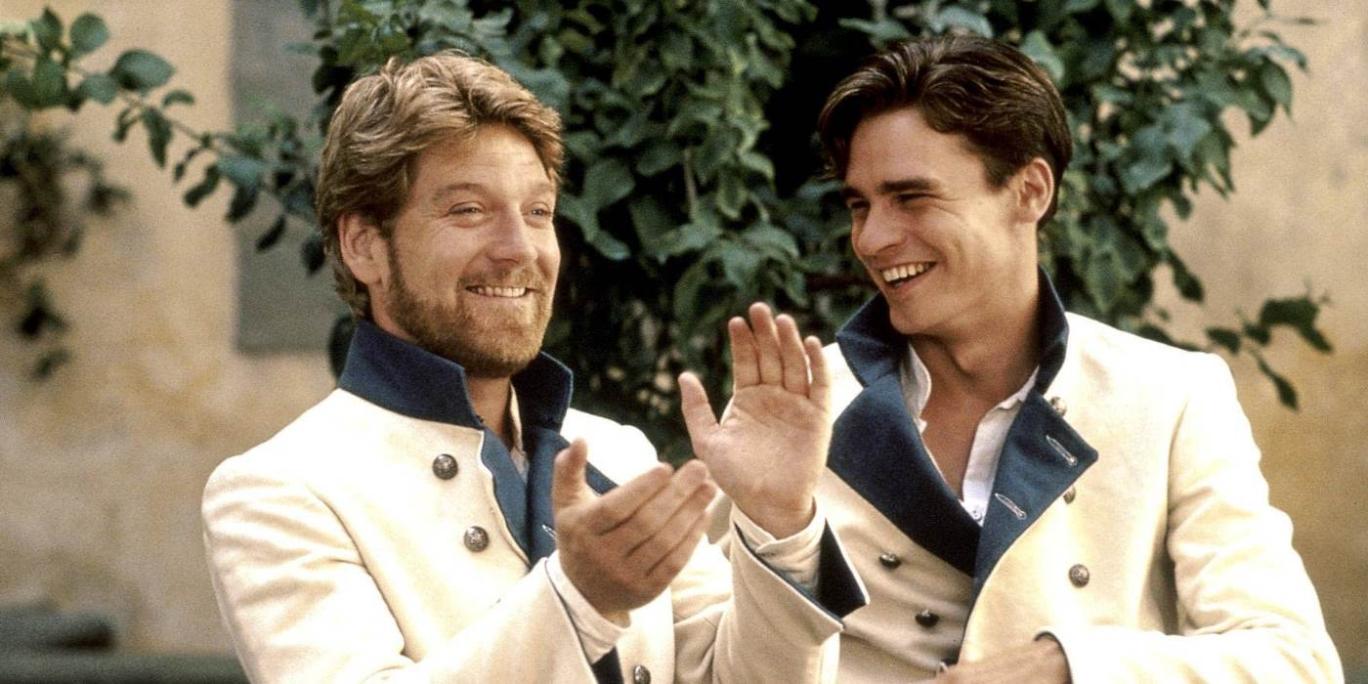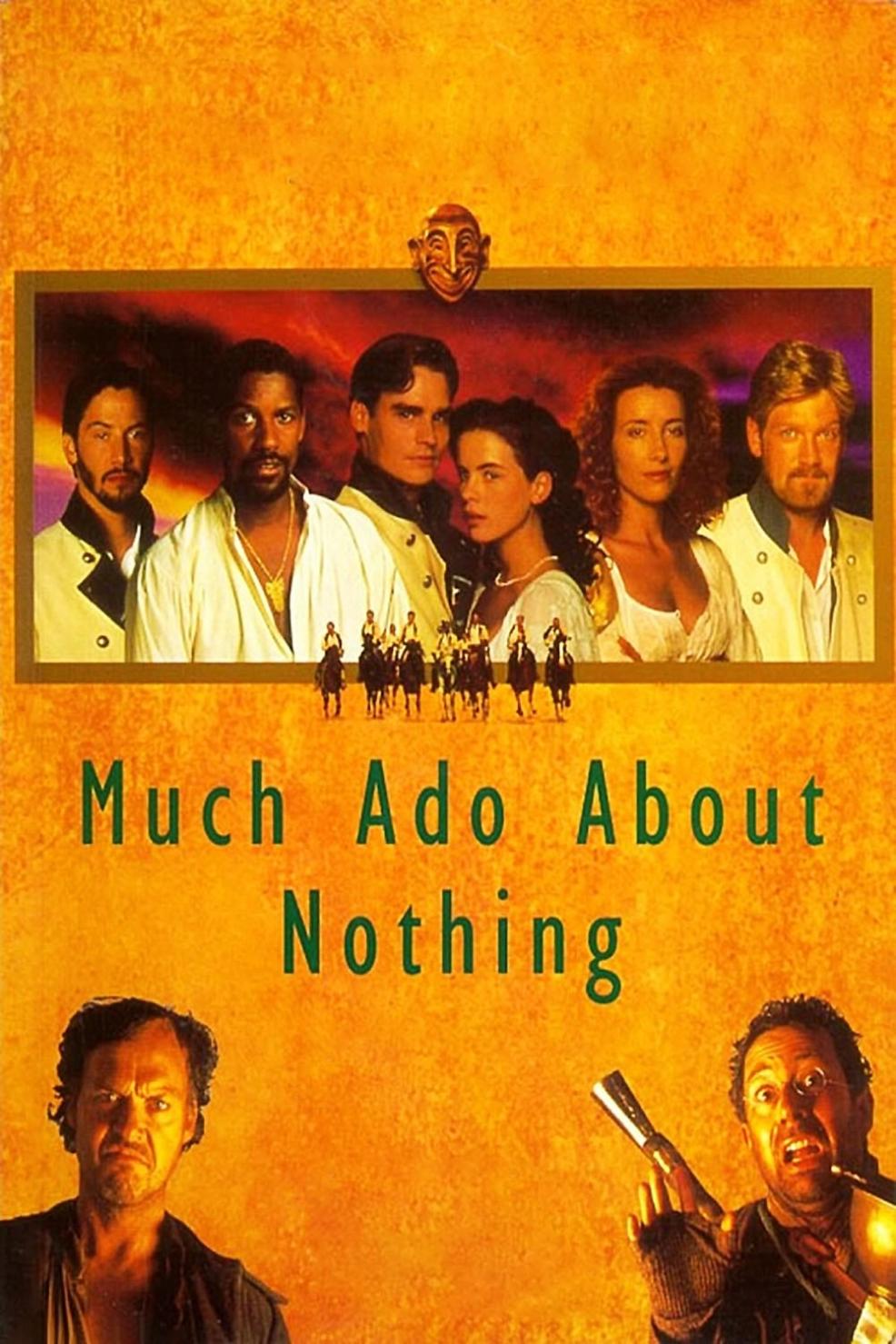How Does Shakespeare Portray Gender Roles in Much Ado About Nothing?
Introduction

William Shakespeare's "Much Ado About Nothing" is a witty and entertaining comedy that delves into the complexities of love, relationships, and gender roles. This article aims to explore how Shakespeare portrays gender roles in the play, examining the societal expectations and norms of the Elizabethan era and their influence on the characters' actions and behaviors.
I. Gender Roles In Elizabethan Society
During the Elizabethan era, societal expectations for men and women were clearly defined. Men were expected to be strong, assertive, and dominant, while women were expected to be gentle, submissive, and chaste. Marriage was seen as a means to establish social order and secure financial stability rather than a union based on love and companionship.
- Marriage: Arranged marriages were common, and women had little say in choosing their husbands.
- Love and Relationships: Love was often seen as a secondary consideration in marriage, with practical concerns taking precedence.
- Women's Roles: Women were expected to be obedient wives and mothers, confined to domestic duties and excluded from public life.
II. Portrayal Of Gender Roles In "Much Ado About Nothing"
Shakespeare's "Much Ado About Nothing" challenges these traditional gender roles through its characters and their relationships.
Beatrice And Benedick:
- Initial Hostility: Beatrice and Benedick initially engage in witty banter and verbal sparring, reflecting the societal expectation of men and women maintaining separate spheres.
- Evolving Relationship: As the play progresses, their relationship evolves, and they begin to recognize and accept their love for each other, breaking away from traditional gender norms.
- Recognition of Love: Their eventual acceptance of their love challenges the idea that marriage should be based solely on societal expectations and highlights the importance of genuine affection and understanding.
Hero And Claudio:
- Initial Attraction: Hero and Claudio are initially drawn to each other, representing the traditional ideal of romantic love.
- False Accusation: The false accusation against Hero tests their love and challenges their relationship.
- Triumph of Love: Their love ultimately triumphs over adversity, demonstrating the strength of their bond and challenging the notion that love is easily swayed by external factors.
Other Characters:
- Leonato: Leonato's character embodies the traditional patriarchal figure, emphasizing the authority of men in Elizabethan society.
- Antonio: Antonio's manipulation and scheming highlight the negative aspects of traditional masculinity, such as deceit and manipulation.
- Margaret: Margaret's role as a servant highlights the limited opportunities and social status of women in Elizabethan society.
III. Shakespeare's Commentary On Gender Roles
Shakespeare uses humor and satire to critique societal expectations of gender and challenge traditional notions of masculinity and femininity.
- Humor and Satire: Beatrice and Benedick's witty banter and the humorous misunderstandings in the play serve as a critique of the rigid gender roles of the time.
- Challenge to Traditional Gender Roles: The play challenges traditional notions of masculinity and femininity by presenting characters who defy these norms.
- Strong Female Characters: Shakespeare portrays female characters like Beatrice and Hero as strong, intelligent, and independent, subverting the traditional view of women as passive and submissive.
Conclusion

In "Much Ado About Nothing," Shakespeare provides a nuanced exploration of gender roles, challenging traditional societal expectations and norms. Through his characters and their relationships, he critiques the limitations imposed on individuals based on their gender and highlights the importance of love, understanding, and genuine connections.
Shakespeare's portrayal of gender roles in the play remains relevant to contemporary audiences, as it continues to provoke thought and discussion about the evolving nature of gender and relationships in society.
YesNo

Leave a Reply